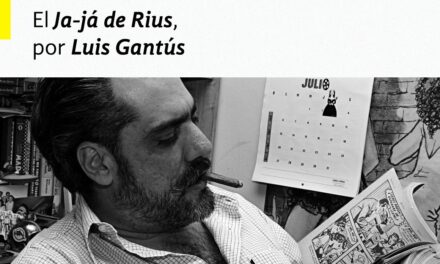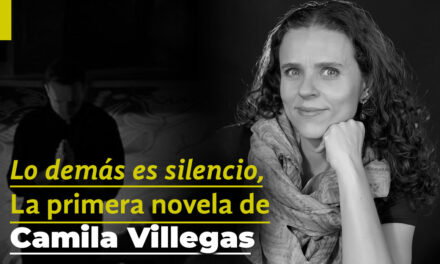
Conoce el mundo de Tolkien en su idioma original. (Extracto de THE HOBBIT)
A propósito del estreno de la película The Hobbit en nuestro país este fin de semana, es importante conocer lo que hay detrás del universo creado por Tolkien.
In a hole in the ground lived a hobbit (En un agujero en el suelo, vivía un hobbit ) así fue el chispazo que lo incitó todo. Esa primera línea de la novela escrita por J.R.R. Tolkien en 1937, cambió el rostro de la literatura fantástica, atrapando a niños y adultos en todo el mundo. El protagonista Bilbo Baggins se convierte en un héroe que apela a los que no dan por sentado la valentía. Este libro precuela es esencial para conocer mejor la historia que desarrollará la saga de “El señor de los anillos”.
Vale la pena retomar lo que aprendimos en las clases de inglés y comprar los libros en el idioma original ya que el autor, siendo profesor de lengua y literatura inglesa en el Merton College de la Universidad de Oxford, hace descripciones muy puntuales que ayudarán al lector a formarse una idea clara del mundo que pensó, además, teniendo este conocimiento sobre idiomas creó diferentes lenguajes como el sindarin y el quenya cuyas letras se encuentran grabadas en “El Anillo Único”.
El lenguaje tan rico que usa Tolkien y el nivel de detalle de descripción de cómo habitan estas criaturas es impresionante. Lee un extracto del primer capítulo en su idioma original:
Chapter I: AN UNEXPECTED PARTY
“In a hole in the ground there lived a hobbit. Not a nasty, dirty, wet hole, filled with the ends of worms and an oozy smell, nor yet a dry, bare, sandy hole with nothing in it to sit down on or to eat: it was a hobbit-hole, and that means comfort.
It had a perfectly round door like a porthole, painted green, with a shiny yellow brass knob in the exact middle. The door opened on to a tube-shaped hall like a tunnel: a very comfortable tunnel without smoke, with panelled walls, and floors tiled and carpeted, provided with polished chairs, and lots and lots of pegs for hats and coats—the hobbit was fond of visitors. The tunnel wound on and on, going fairly but not quite straight into the side of the hill—The Hill, as all the people for many miles round called it—and many little round doors opened out of it, first on one side and then on another. No going upstairs for the hobbit: bedrooms, bathrooms, cellars, pantries (lots of these), wardrobes (he had whole rooms devoted to clothes), kitchens, dining-rooms, all were on the same floor, and indeed on the same passage. The best rooms were all on the left-hand side (going in), for these were the only ones to have windows, deep-set round windows looking over his garden, and meadows beyond, sloping down to the river.
This hobbit was a very well-to-do hobbit, and his name was Baggins. The Bagginses had lived in the neighbourhood of The Hill for time out of mind, and people considered them very respectable, not only because most of them were rich, but also because they never had any adventures or did anything unexpected: you could tell what a Baggins would say on any question without the bother of asking him. This is a story of how a Baggins had an adventure, and found himself doing and saying things altogether unexpected. He may have lost the neighbours’ respect, but he gained—well, you will see whether he gained anything in the end.”
Caja con los 4 libros en inglés, The hobbit and The lord of the rings en Librerías Gandhi.
Por Harmon Hall: Es una escuela con más de 46 años de experiencia. Imparte clases de inglés de una manera innovadora, práctica y divertida. Es por eso que nuestros alumnos recuerdan con mayor facilidad lo que aprenden en clase.
Imagen: Cartel de la película The Hobbit de Peter Jackson.
Mascultura 13-Dic-12




